Organization
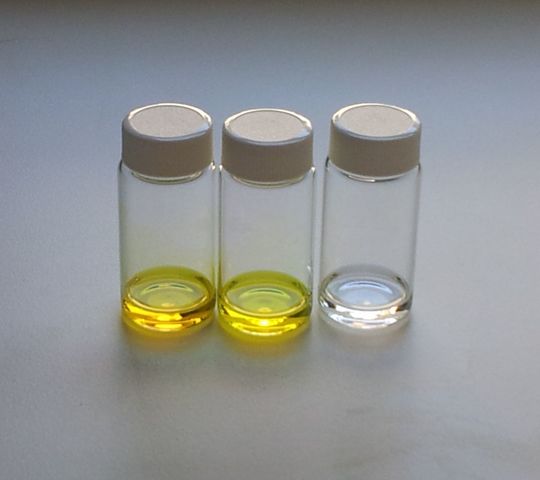
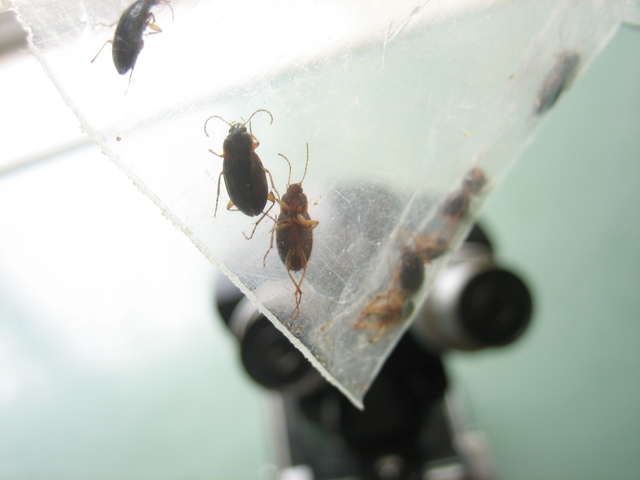
- Identification of the species. Identifying a harmful species to be controlled is necessary in order for us to know its bioecology.
- Estimation of infestation rate and space. When necessary, monitoring the population with the proper sampling methods is recommended, in order to locate any breeding sites and collect other information (i.e. the time or time interval when there is an increase in the population density)
- Choosing a registered formulation specifically for the targeted organism. In any case, keep in mind that during the application of the formulation, you should follow all the relative instructions mentioned on the label, from the Ministry of Reconstruction of Production, Environment and Energy, and all the rules concerning human and environmental protection.
At the same time, informing and instructing people about the possibility to contribute to the prevention and control of issues related to harmful organisms is recommended. Furthermore, informing people includes information dissemination concerning the application, the possible dangers, the cost etc.
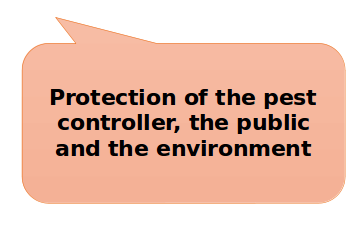
Equipment / Proper use of the equipment / Registered biocides
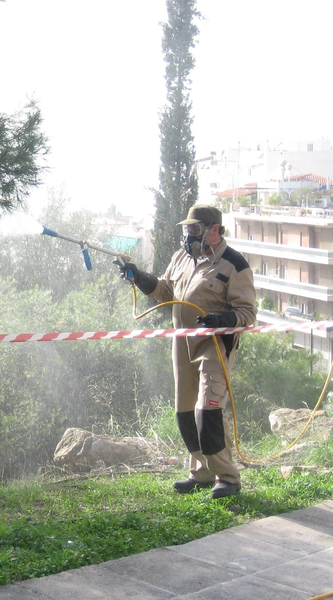
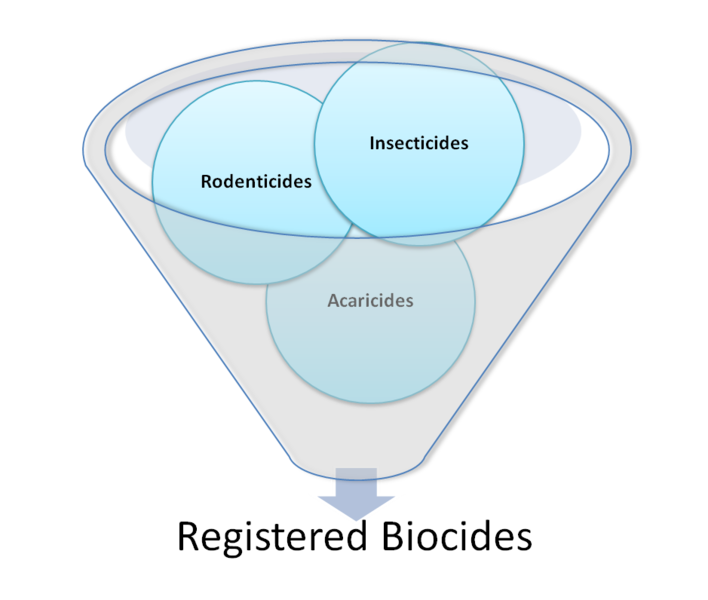
Equipment and Proper use
Adjusting the equipment correctly ensures the proper application of the biocidal product. The application equipment should always be adjusted (calibration) and properly maintained. In this way, we can achieve a smooth and homogeneous application, at the proper dosage, without “wasting” the biocide (economically) and without any harmful effects to the environment (protection of humans and non – targeted organisms).
Therefore, we recommend constant equipment checks in order to make sure that it is in good condition before any use. Finally, always use the equipment according to the chosen biocide instructions when managing harmful organisms.
Registered Biocides
- i) Use only registered biocides by the Ministry of Reconstruction of Production, Environment and Energy. Registered biocides are used for the protection of public health and should be used according to the instructions of the manufacturers’ safety data sheets and the registrations of the ministry.
- ii) Application of rodenticides should take place only in firmly placed rodenticide bait stations. These stations operate through the use of a safety key and do not permit access to unauthorized people, children as well as non-target animals (i.e. dogs & cats).
Selection of the most suitable biocide formulation / Application methods
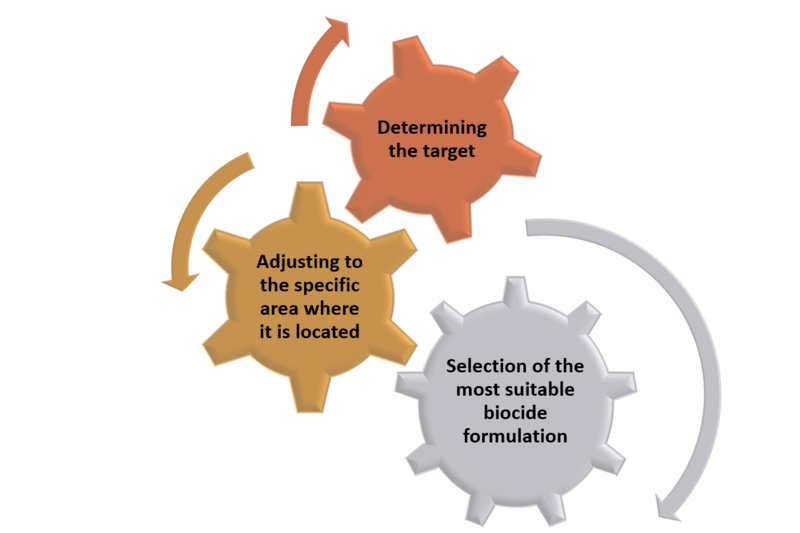

When choosing the appropriate formulation, the following criteria should always be taken into consideration:
- The formulation should be registered particularly for the “enemy” target.
- The formulation should be appropriate in relation to the space that is going to be applied in (i.e. opened or closed space).
- The manner of application, the spectrum of effect, the application rate etc.
Furthermore, along with the aforementioned criteria, the manner of application can be a very important factor in choosing the appropriate formulation.
Examples:
- When dealing with fleas inside a residence (that have been transferred from the garden to the house due to the existence of strays) we can apply a formulation that does not produce residues ( i.e not a wettable powder or another biocide we know has residual effects – emulsion) and does not smell.
- On the other hand, with regard to open spaces and for the preventive control of crawling insects, we use a solution in microcapsule formulation in order to have longer lasting residual effect.
Keep in mind that a license (registration) for any biocidal product is only granted by the Ministry of Reconstruction of Production, Environment and Energy.
Calculation of application rates
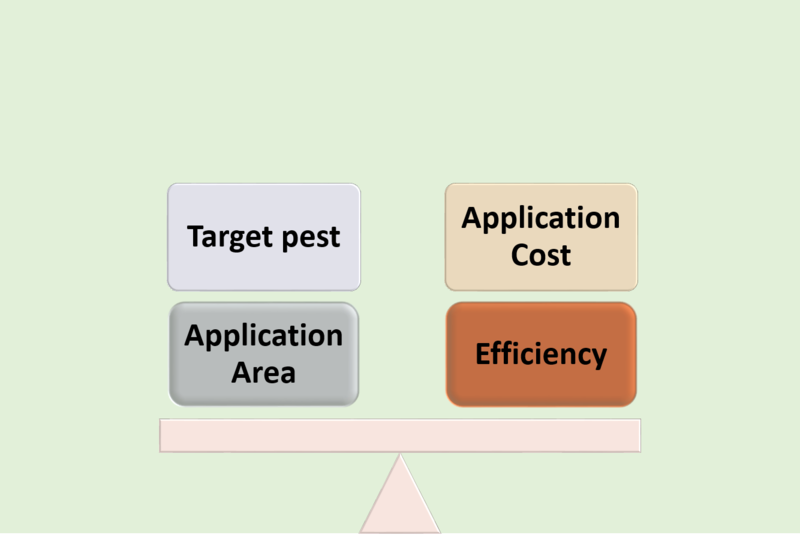
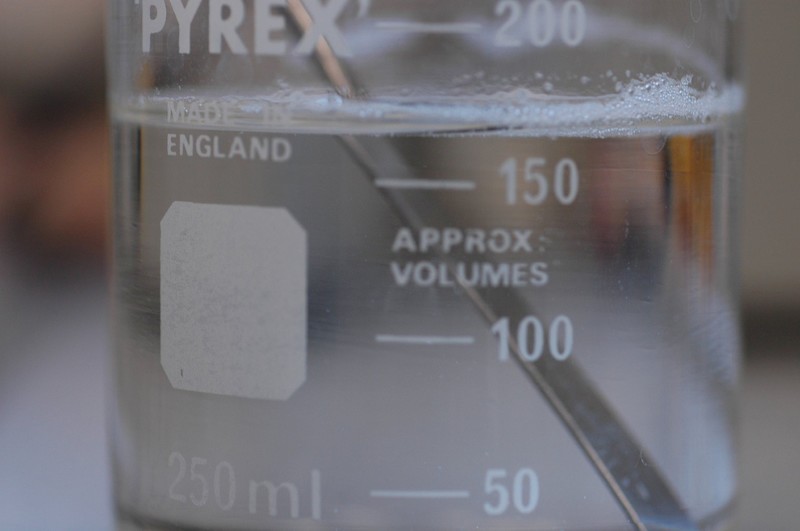
When calculating the application rates we should always take the following into consideration:
- Application per product unit
- Application per surface unit
- Application per volume unit
One of the basic requirements is the calibration of the application equipment. Calibration means the process with which we can calculate and adjust the required amount of formulation (biocide) on the equipment, for the application within a certain space.
This process should take place at least once a year or every time the equipment components are modified. This is a requirement in order to properly apply the formulation within the space. Always use the equipment according to the chosen biocide instructions for the management of harmful organisms.
That way, we can achieve - besides a smooth and homogeneous application at the proper application rate- the protection of public health, the reduction of residues in the environment and save money at the same time.
Useful Advice:
- The amount of spraying solution required to cover a certain surface can be calculated using the dosage of every formulation.
- In order to control walking insects, all the formulations mention the dosage per liter as well as the surface where this specific amount of spraying formulation (liter) will be applied on.
- Depending on the type of the problem (an insect’s bio-ecology) we can decide if we are going to apply the formulation on one surface or perhaps on other surfaces as well, increasing therefore the amount of the required biocide (spraying solution) which we are going to apply
Calculation of cost
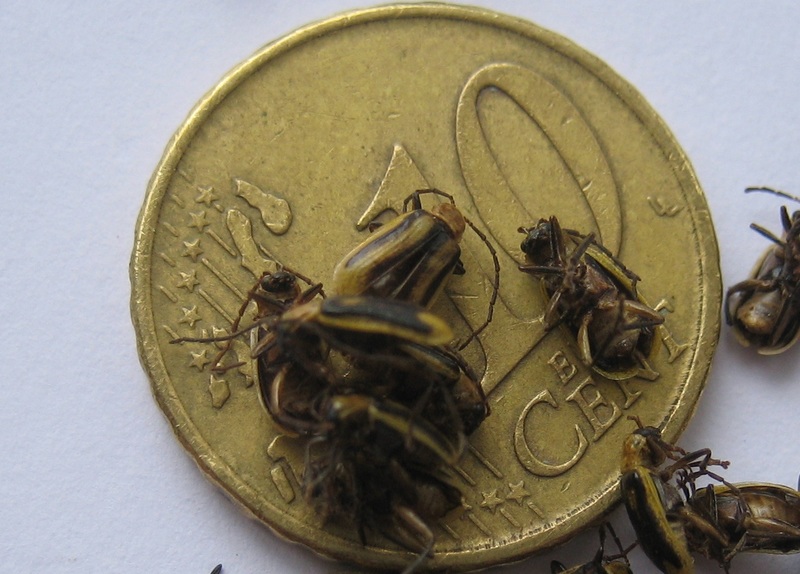
Determining the final cost should at least include the cost of buying the agrochemical that will be used. Other factors that should be taken into consideration are:
- Application cost. That includes costing the application including the proper equipment (i.e. Ultra Low Volume - ULV which can only be bought by a professional).
- Travelling cost for both the personnel and equipment. Therefore, we can use certain programs, supported by ”Google maps”, in order to calculate the cost of every application (e.g. The distance from the headquarters and the cost of the chemical that will be used)
- Operating expenses for the office (e.g. Salaries, taxes, rent etc)


